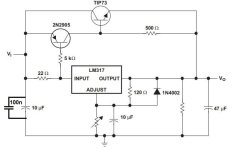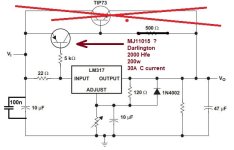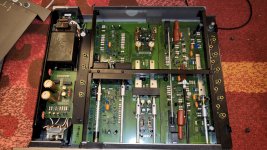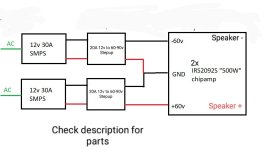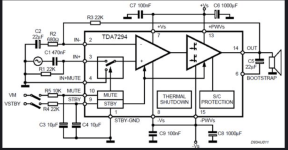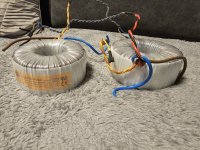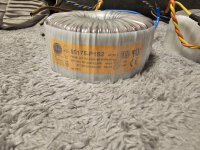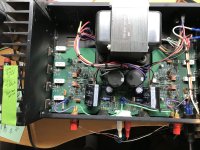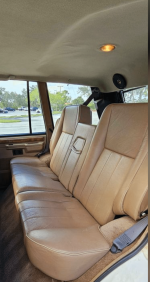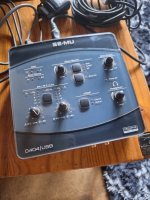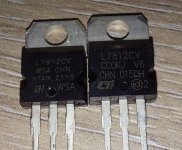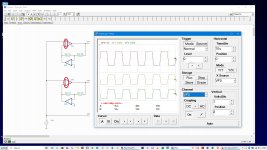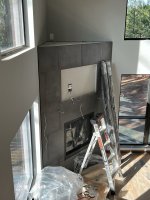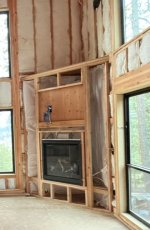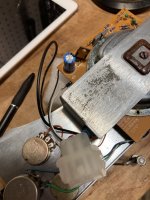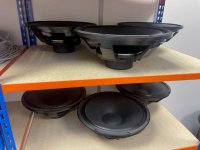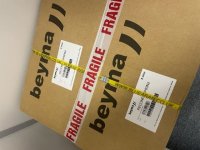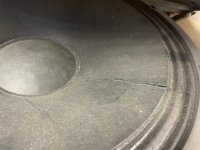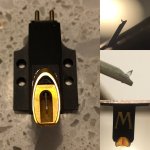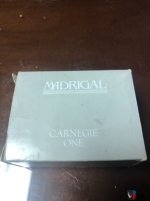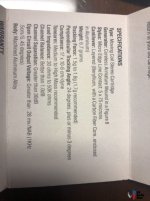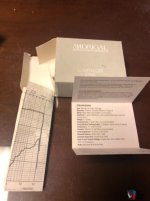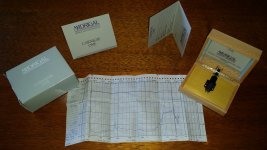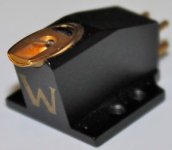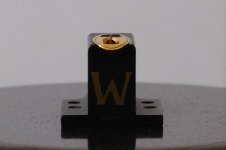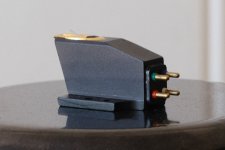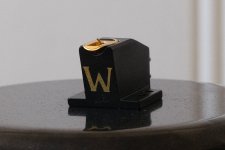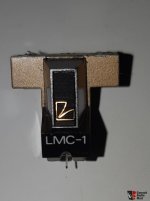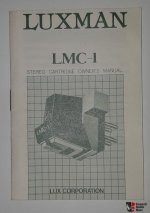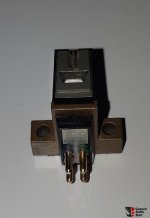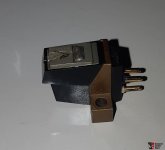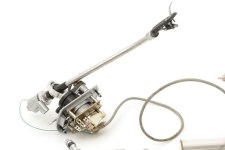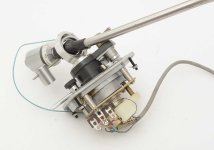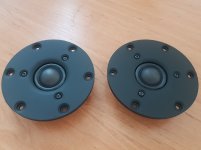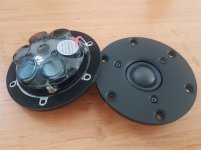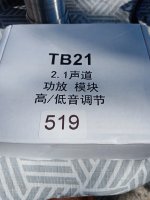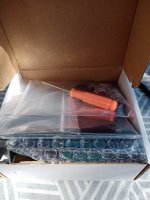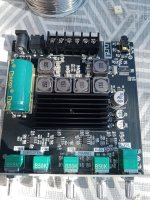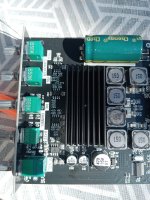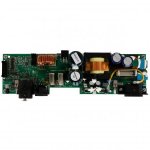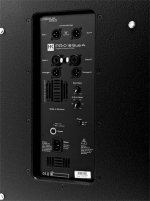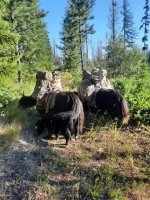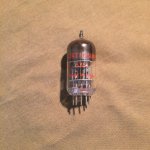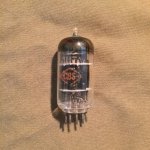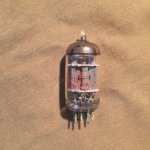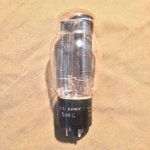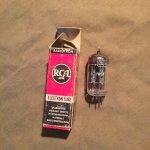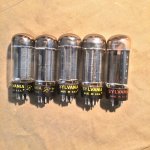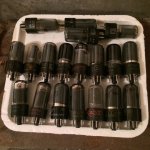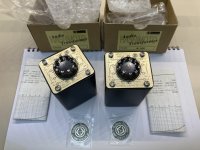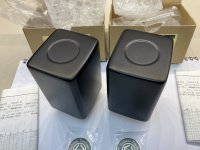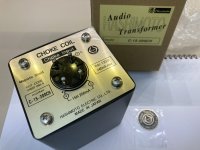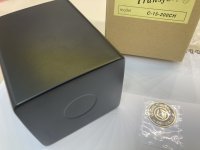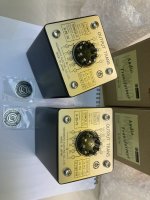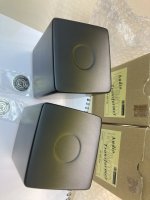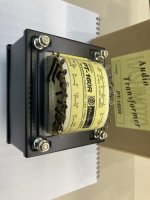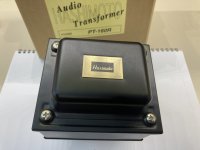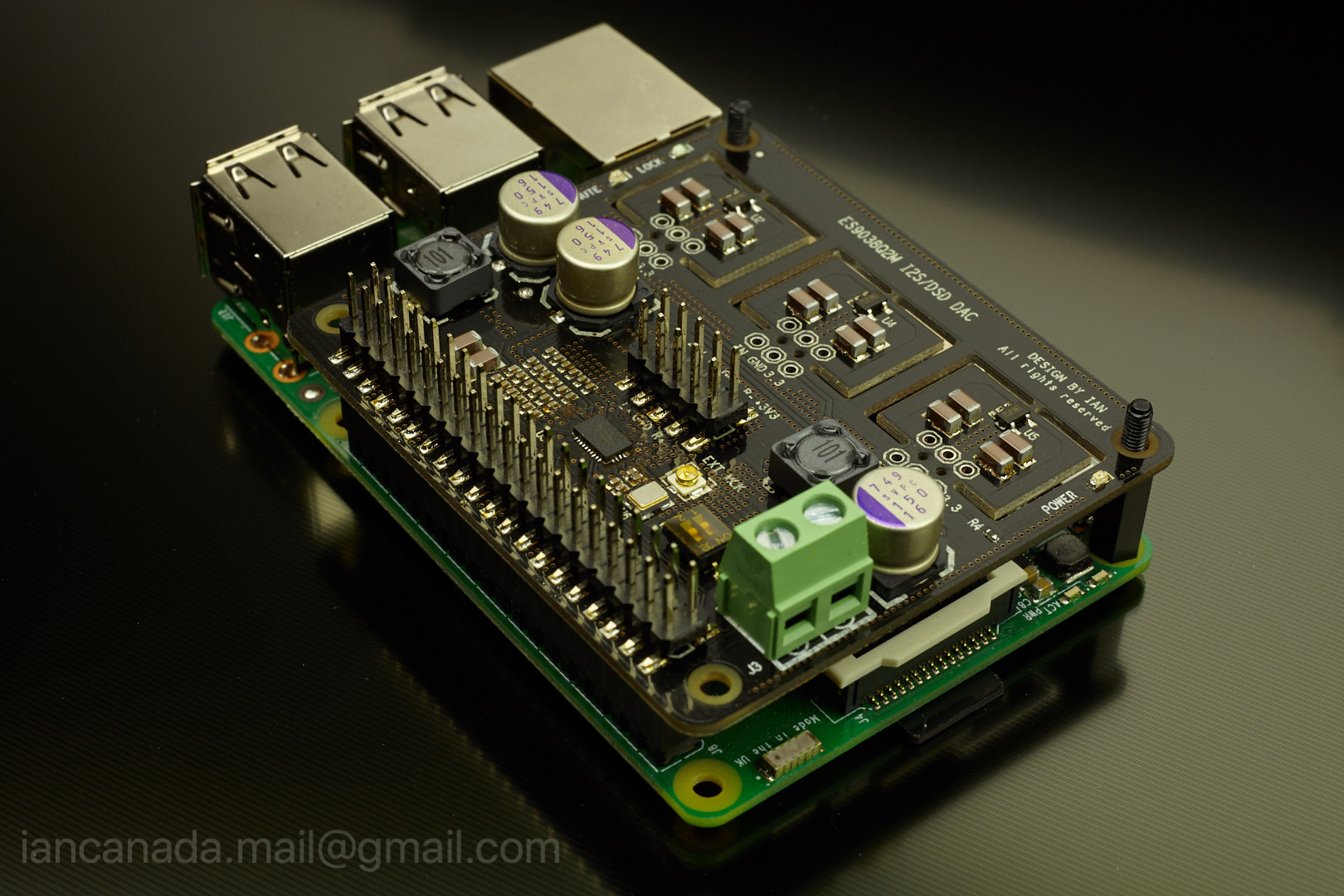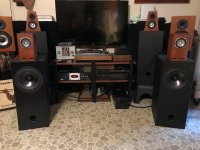Im installing a Kenwood KDC-X705 along with a SKAR RP600.5 amp to replace the Harmon/Kardon factory junk of 27 years old. The RP600.5 fits perfectly lengthwise where the original was located and has the speaker connections that are perfect too. I like it because I intend to use the 5th channel for a KICKER 43C104-N bundle sub box.
I tried Skar 6.5 coaxials in the front doors and those were aweful sounding. Nothing there!
I've now swapped in TX6.5 loud speakers. Wow, what a difference! Those crank for a super budget price. Will they last and for how long?
The front doors can accomodate one 6.5" and one 4.5", each mounted close together and each has a separate wire from the original amp location.
I want to run the Skar TX4, mid/tweeter in the 4.5" location.
The vehicle has 4.5" speakers in the rear above the hatch in the headliner. I wanted to run those too, but substitute 6.5" somehow.
If I forgo the rears, I could use chs 3&4 for the TX4 mid/tweeters and tell the Kenwood Excelon to compensate via its crossover programming.
I
want to combine the TX6.5 loudspeakers with the TX4's and possibly use a crossover (do they need it) and connect speakers in the rear, more TX6.5's
I've heard that I don't really need rear speakers but they are nice to have when the rear hatch is open too and more MID for that size speaker is nice.
Should I forget the rears and use the amp's 4 channels on the fronts only, or can I get away with powering the fronts together on 1&2 channels, and the two rears on the chs 3&4? Will a XO be needed on the front or can the AMP be tuned to compensate?
Skar TX6.5 RMS 150W 100-8000 Hz
Skar Tx4 RMS 60W (pair) 60-21,000Hz
I hope I made that clear.
Attached is an example of someone putting a Kicker 46CSC654 in the headliner.
Attached is the door configuration of the 6.5 and 4.5 speakers.

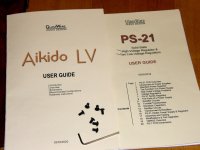

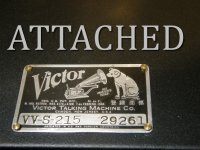
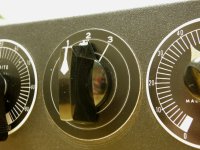
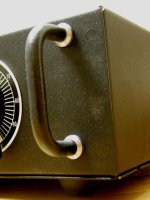
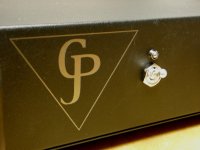
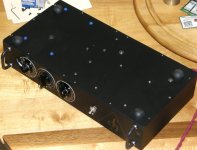
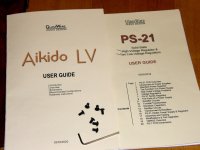
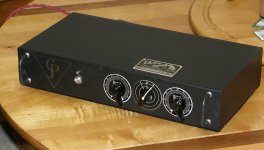
 ). So, what are your favorite small form factor audio things?
). So, what are your favorite small form factor audio things?